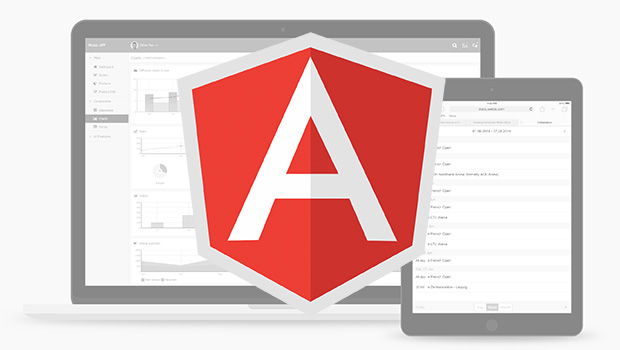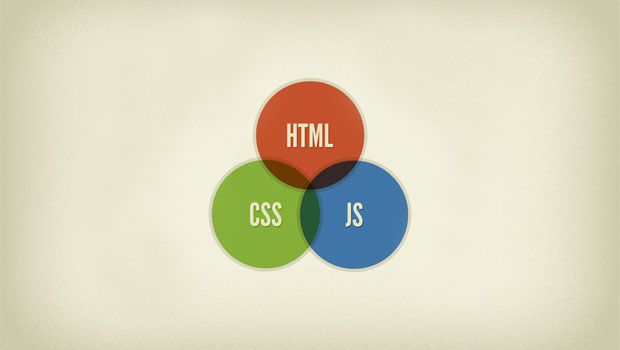The legacy of Twitter will be twofold. First is the bastardization of keyword tagging with hashtags now ubiquitous in almost all social media platforms and even some business applications. The other is Bootstrap, an open source front end framework widely used for building responsive websites. Bootstrap takes care of the legwork involved in developing websites that are compatible across devices and screen resolutions. The framework may seem daunting at first with all of its specific rules and conventions, but once you get a grasp of how things work it becomes a very effective tool. Here is a quick guide to get you started […]
Read Full Article »Tutorials
WordPress Features That Need Improvement
WordPress is arguably the best platform for creating a website or a blog. It has many features that make it a favorite amongst power users and novices alike. For starters installation is amazingly quick. Countless plugins and themes extend the core functionality giving it great flexibility and support. However as great as WordPress is, there are still shortcomings that the community has failed to address even with the latest version. Great plugins exist to provide some of the missing functionality but WordPress would be better overall if these features were included in the core codebase. User Role Management There are […]
Read Full Article »My Experience Learning AngularJS
The internet has evolved and by extension web browsers have also modernized. Web applications are replacing the soon to be primitive static website. There is no longer a fear of having to process too much JavaScript on a web page as some modern web applications are completely driven by JavasScript and AJAX. Browsers such as Internet Explorer 6 are being retired completely as Microsoft themselves have relinquished any further support for it. Front-end frameworks facilitate better control, code organization and ease of use for modern web applications. I decided to plunge right in to learn AngularJS and give an account […]
Read Full Article »How to Use ID and Class Selectors in HTML, CSS and jQuery
HTML elements are frequently labeled with an ID and/or class(es). ID and class names are not part of HTML syntax so many people are often perplexed by these attributes. What is the purpose of IDs and classes and how should they be utilized? IDs and classes are used to label HTML elements allowing them to be selected and formatted with CSS. Therefore they are called CSS selectors. CSS selectors are essential for tableless web design. However with the popularity of jQuery and the continual sophistication of Javascript CSS selectors are no longer exclusive to just CSS. jQuery also relies heavily on CSS […]
Read Full Article »Create Maps with Custom Markers Using the Google Maps API
You can achieve some amazing things with the Google Maps API. The most common and practical task for many websites is creating a small-scale map for a designated location. For such a simple task you don’t even need to leverage the Google Maps API. You can visit the Google Maps website and type in your desired location. A map is then generated with the corresponding share and embed code. You copy that code onto your website and adjust the sizing of the map using CSS. But what if you wanted to personalize this map a bit with your own logo as a […]
Read Full Article »Five Features in Photoshop You Can Do with CSS3
Adobe Photoshop is one of the most useful programs for graphic design and web development, not to mention one of the most expensive! As web browsers evolve to support HTML5 and CSS3 we can finally take advantage of some useful features in CSS3. Before we could only do things in Photoshop utilizing images and a combination of CSS and/or Javascript coding. Now modern browsers allow us to achieve the same effects with just pure CSS! Modern browsers include Internet Explorer 10 (IE 9 for some things) and most versions of Chrome, Firefox and Safari. You can double-check on http://caniuse.com/ to […]
Read Full Article »





